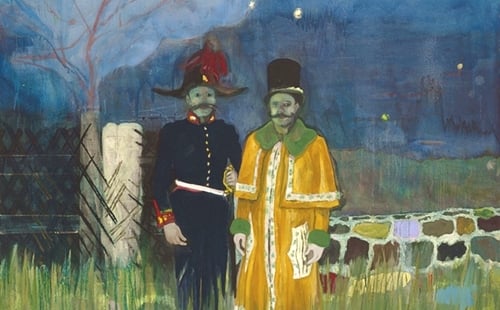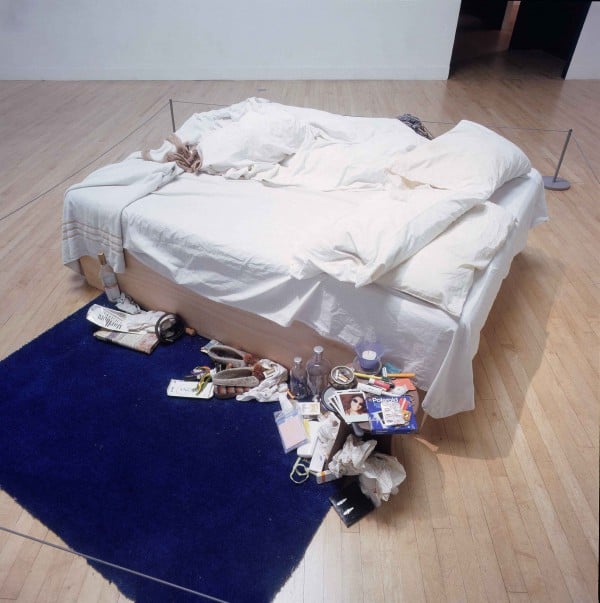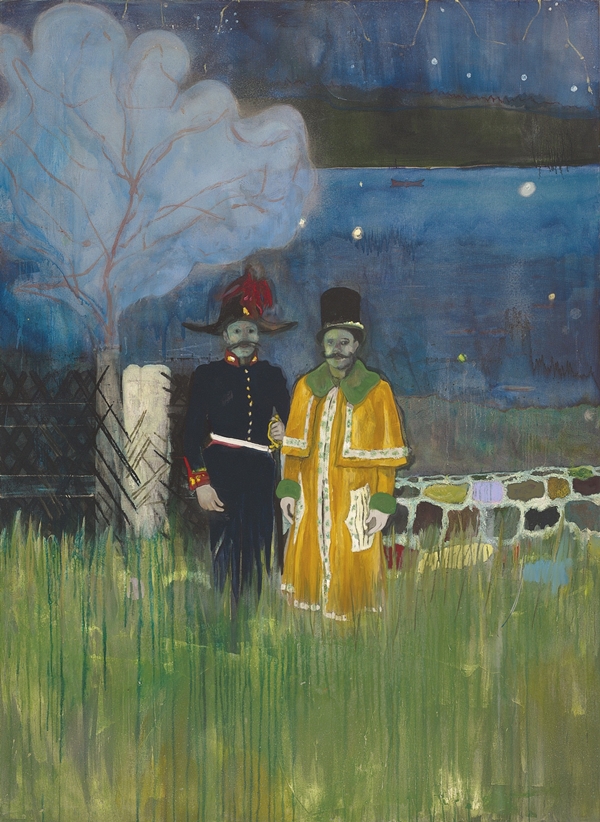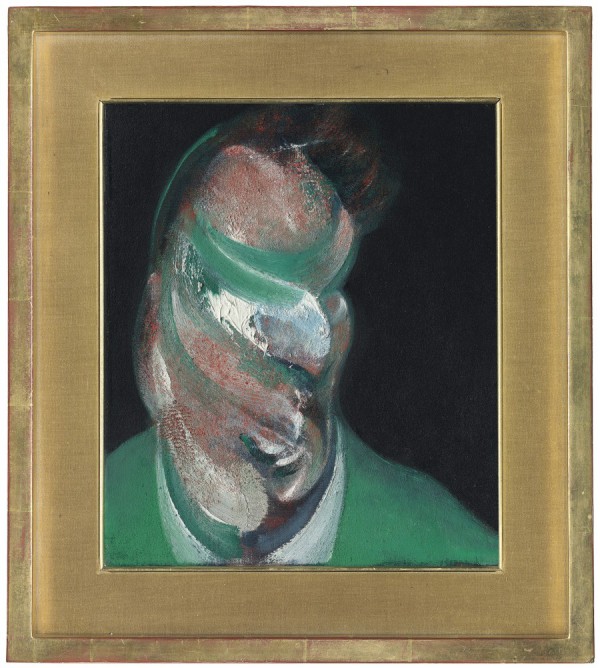Analysis
Christie’s Rides Tracey Emin’s Bed to £99 Million Night
Peter Doig and Francis Bacon add bounce to rollicking London sale.

Peter Doig and Francis Bacon add bounce to rollicking London sale.

Coline Milliard


Tracey Emin, My Bed (1998).
Courtesy Christie’s.
Sometimes heartbreak pays. Tracey Emin‘s infamous bed sold for £2.5 million ($4.3 million) at Christie’s postwar and contemporary evening auction tonight in London, where it was cheered by a salesroom crackling with energy.
For almost two hours, bids fizzing from the floor propelled a sale that grossed £99,413,500 ($170 million) and set new records for seven artists including Michelangelo Pistoletto, Jean Dubuffet, and Antoni Tàpies. Of the 75 lots offered, 63 were sold, making for a sell-through rate of 84 percent by lot and 87 percent by value.
“Many seasoned professionals were very active tonight, right at the center of the salesroom,” commented auctioneer Jussi Pylkkanen after the auction, acknowledging the presence of Larry Gagosian, Harry Blain, and Jay Joplin among the many attendees.
Joplin, the White Cube founding director and long-time Emin supporter, made the winning bid for My Bed, an iconic piece of British art that caused much scandal when it was first exhibited in Britain at the Turner Prize exhibition in 1999.
Consisting of Emin’s actual bed, complete with dirty knickers, fag ends, and boxes of contraceptive pills, the artwork was designated as such by the artist after she spent four days in it recovering from heartbreak. It was sold to YBA supporter Charles Saatchi in 2000 for £150,000 and had remained in the collector’s London home ever since.
Its return to the market quadrupled Emin’s auction record, previously set with another, much tidier bed, To Meet My Past (2002), which sold for £481,875 ($826,000) in October 2013, also at Christie’s London. The Margate girl has now officially entered the league of the most expensive living women artists.
Emin, who was present in the room enthusiastically filming the proceedings, had made no secret of her hopes. “What I would really love is that someone did buy it and they donated it to the Tate,” she said ahead of the sale. It might not just be wishful thinking. Talking at the press conference, Francis Outred, the head of Christie’s contemporary art department in Europe said, teasingly, that the bed was “going to end up somewhere important.”

Peter Doig, Gasthof (2002–04).
Image: Courtesy: Christies Images Ltd. 2014.
Gagosian also had a lion’s share of the action in the room. The multinational dealer won a wild bidding war with five other hopeful buyers over Peter Doig’s rare self-portrait Gasthof (2002–4). He eventually secured the piece at £8.8 million (£9,938,500, including buyer’s premium), which smashed the artist’s record established just last night at Sotheby’s with Country-rock (wing-mirror) (1999).
Figurative painting might not have overtaken Conceptual art just yet, but it’s clearly winning the hearts of an increasing number of collectors. The bleak depiction of a hairdresser’s shop Afrosheen (2009), by Doig’s protegé’s Hurvin Anderson, flew past it high estimate of £400,000 and sold for £1,314,500 ($2,238,593). It doubled the artist’s previous record, which, like his mentor’s, was set at Sotheby’s yesterday.
The night’s top lot, Francis Bacon’s Study for Head of Lucian Freud (1967), fetched £11,506,500, just shy of its £12 million high estimate. It had entered Roald Dahl’s collection in 1967, when Britain’s revered writer of children’s books bought the portrait of Bacon’s then-friend Freud at Marlborough Fine Art with the proceeds from his most famous work, Charlie and the Chocolate Factory.

Francis Bacon, Study for Head of Lucian Freud (1967).
Courtesy Christie’s.
Despite the ongoing Bacon craze—which saw the artist’s Three Studies of Lucian Freud break all auction records when it sold for $142 million at Christie’s last November—the less spectacular Head 1 (1958) failed to find a buyer. It had been tagged with a pre-sale estimate of £2.5–3.5 million (roughly $4.3–6 million). Gerhard Richter‘s Abstrakte Bilder (1992) was also bought in, as was Lucio Fontana‘s classic slash painting Concetto spaziale, Attese (1964), and, perhaps most surprisingly, Jackson Pollock‘s Silver & Black Square (circa 1950).
Brand names and “trophy artworks” are no longer enough, it seems. For Brett Gorvy, Christie’s chairman of postwar and contemporary art, buyers’ pickiness tonight was a sign of sophistication, feeding a healthy market. “People are making choices,” he said. “It’s not just a question of fashionable following.”